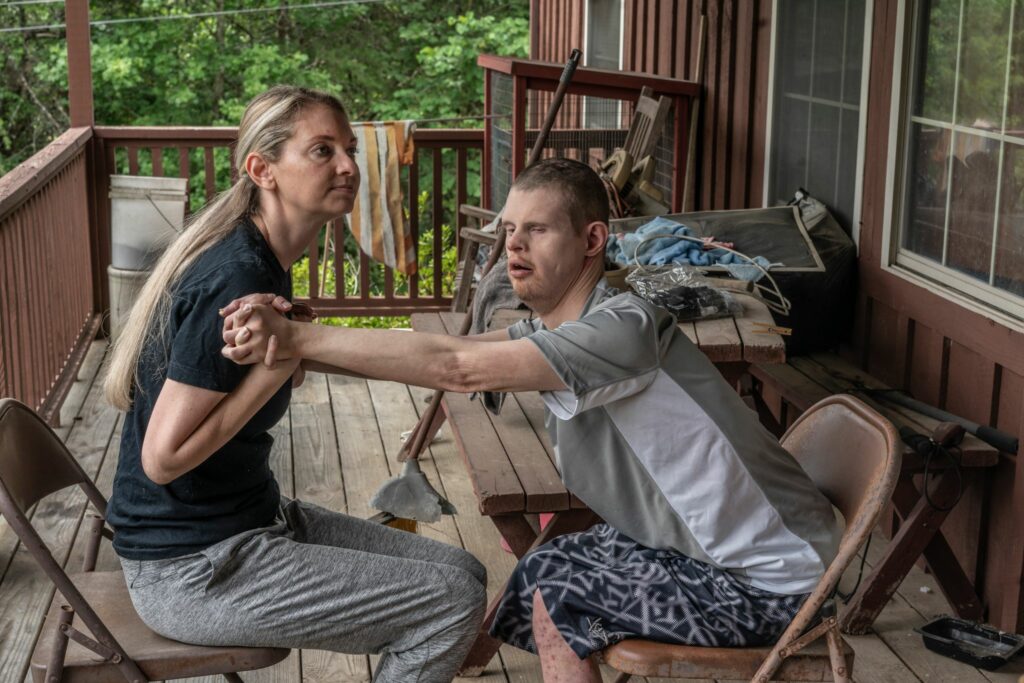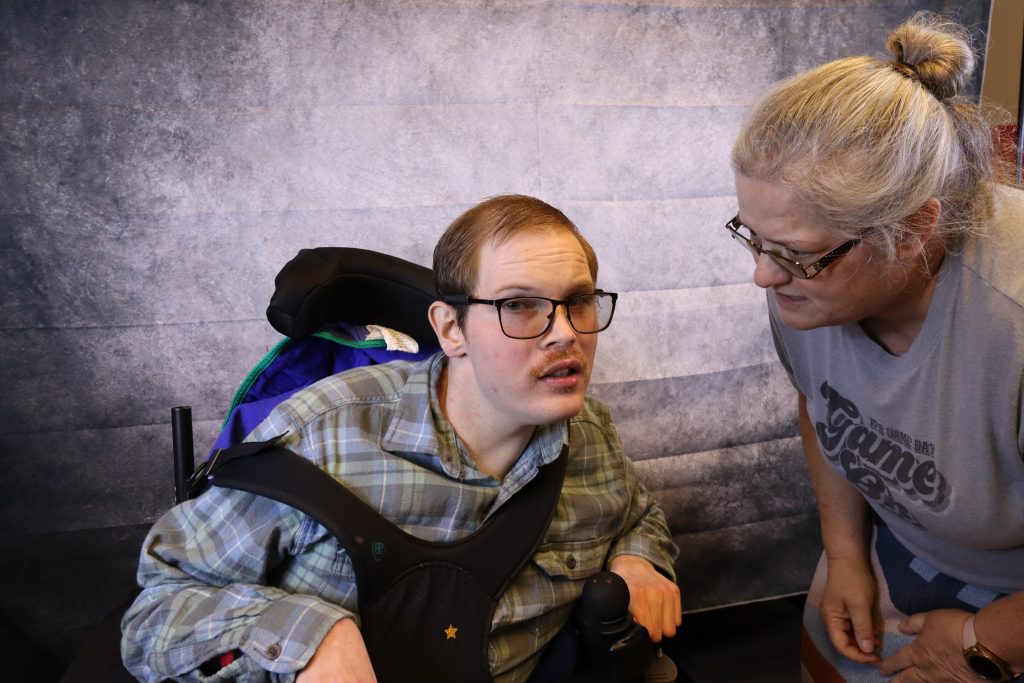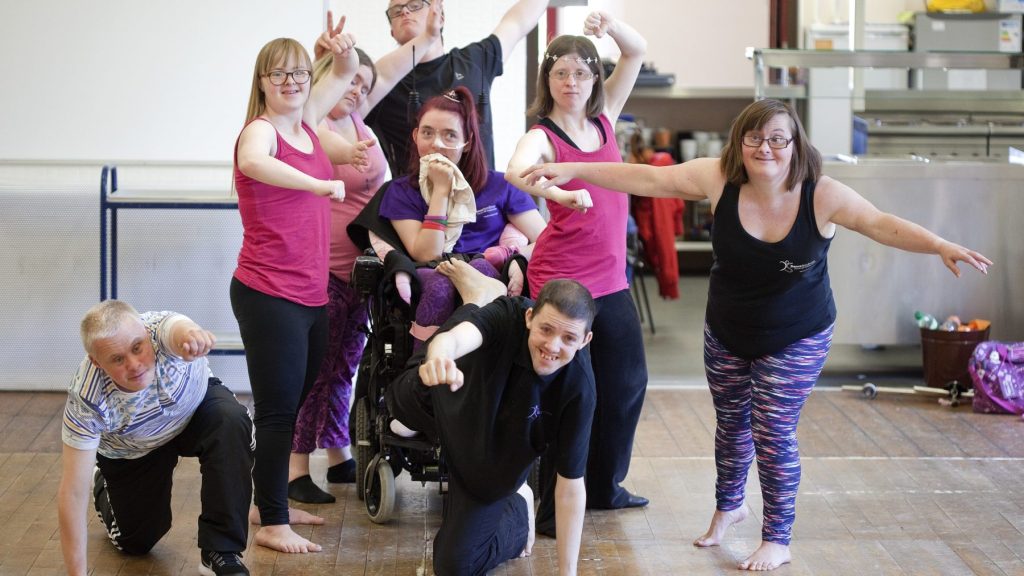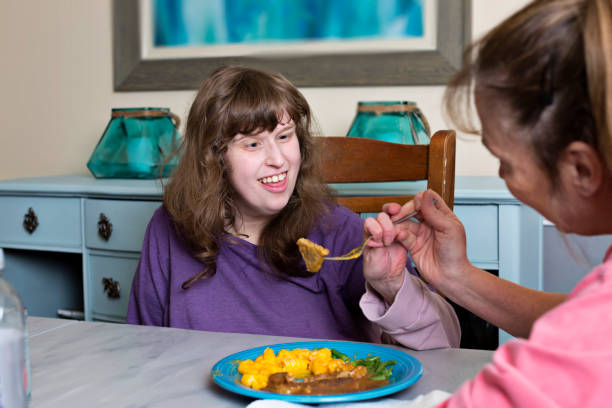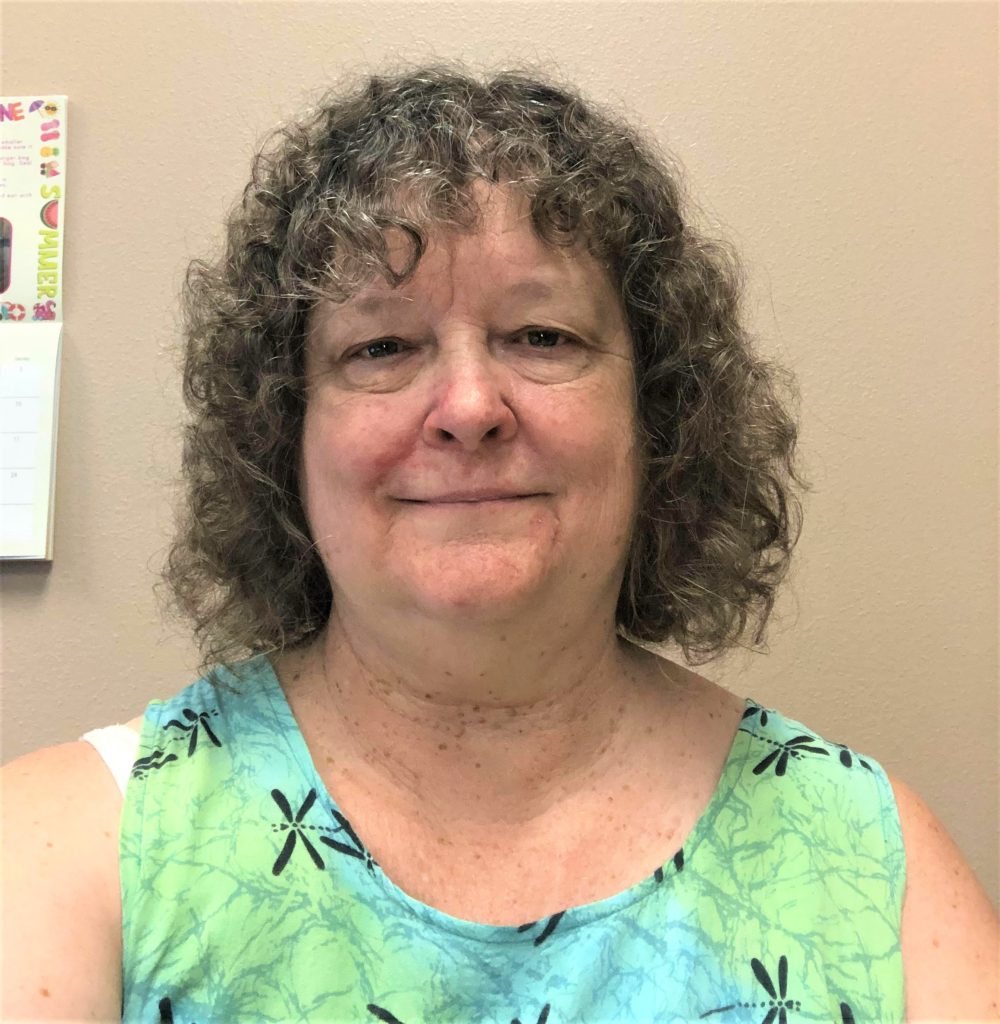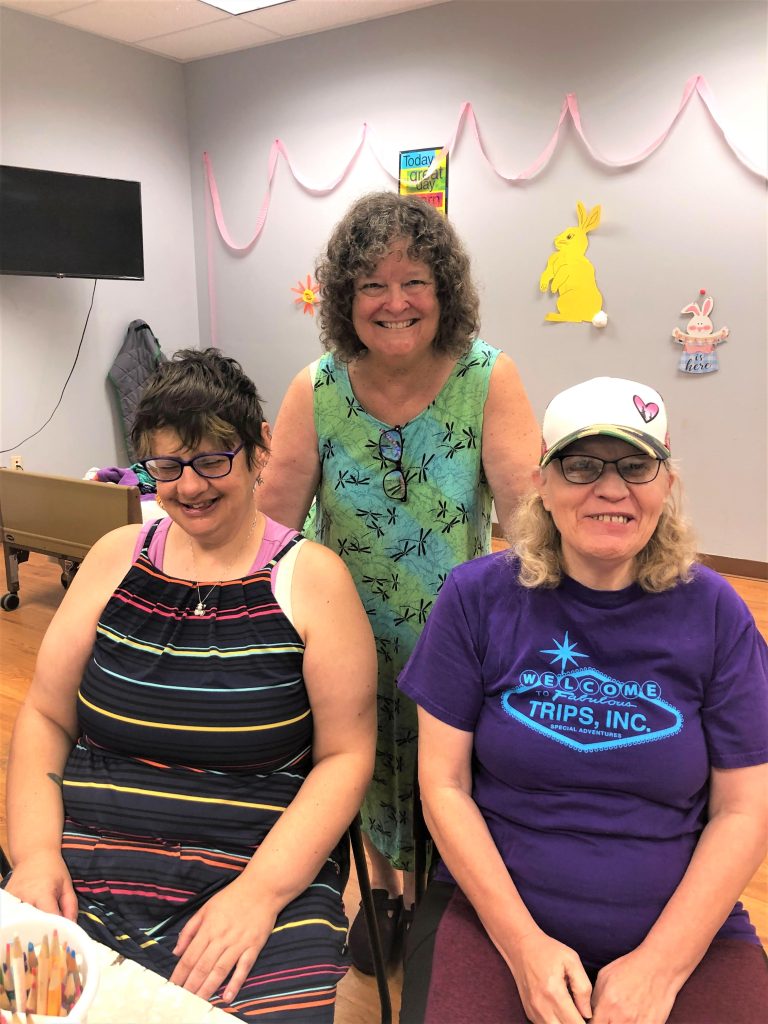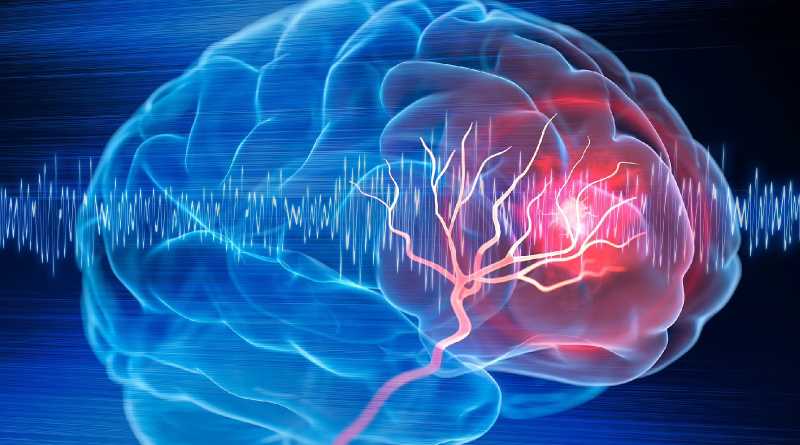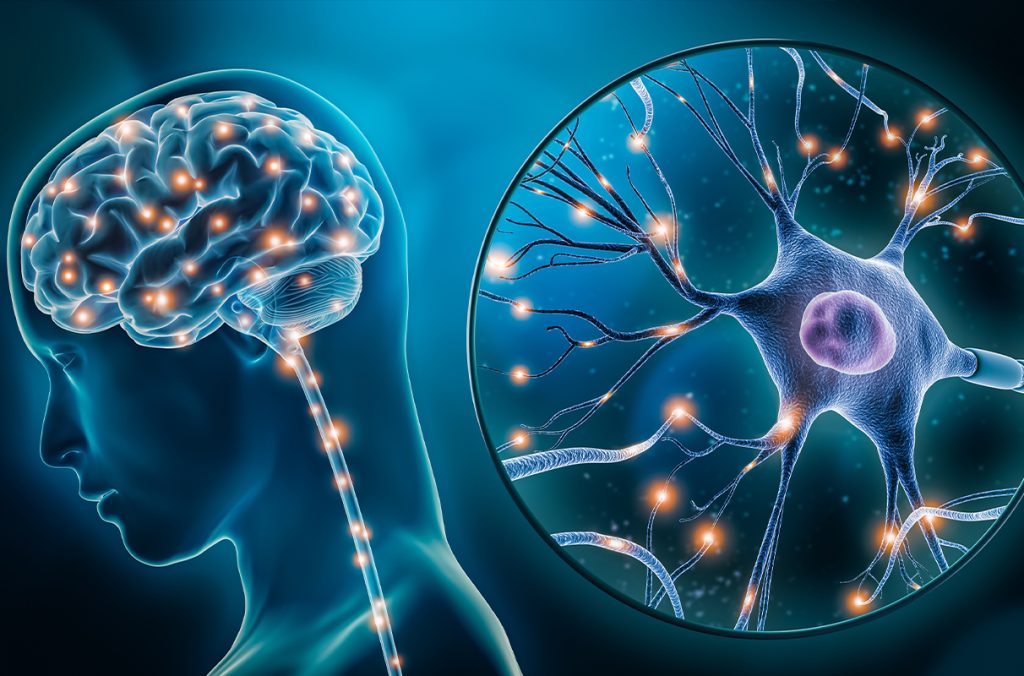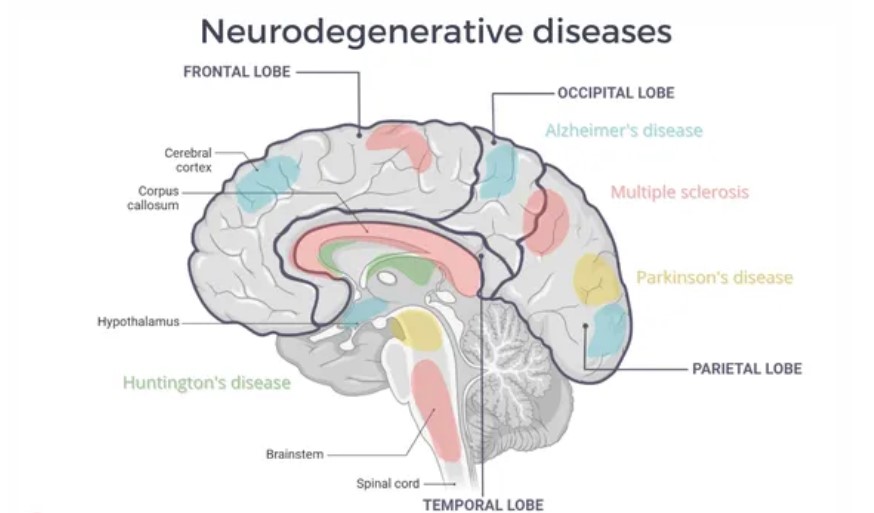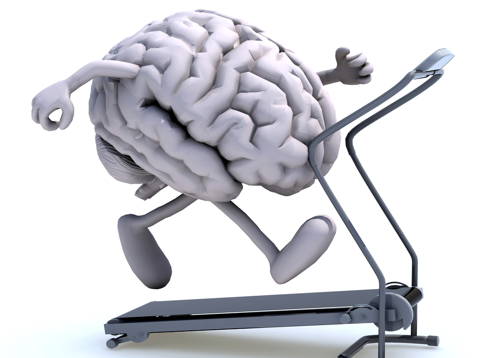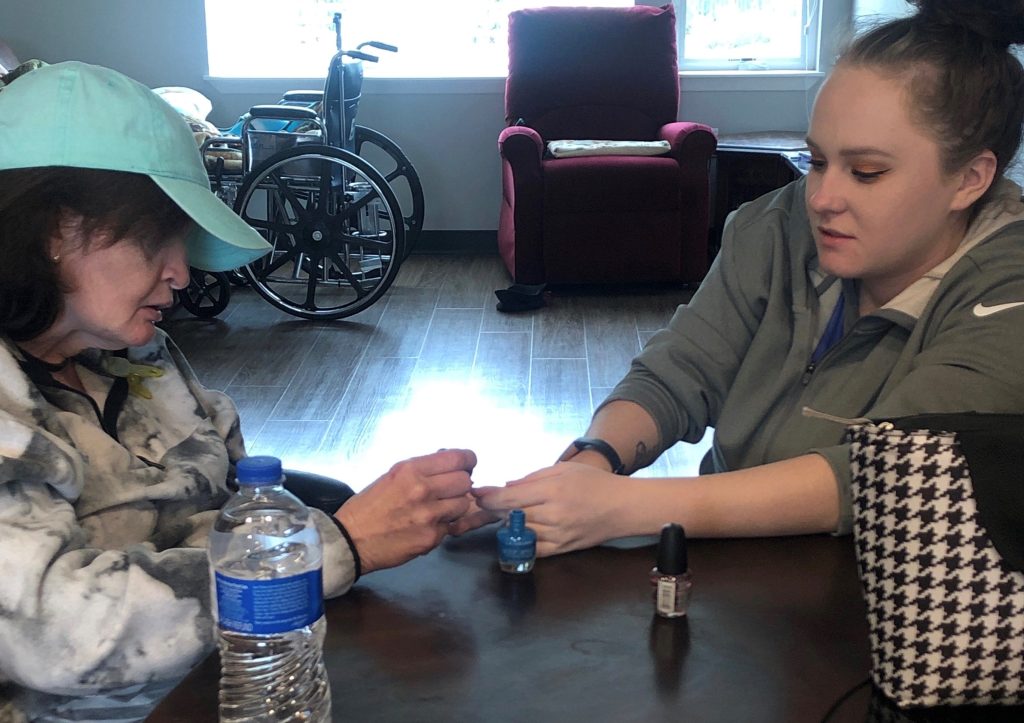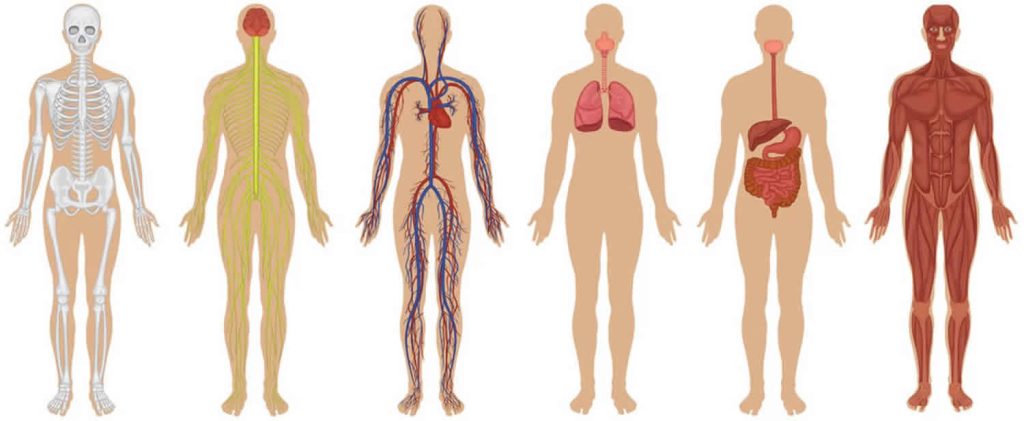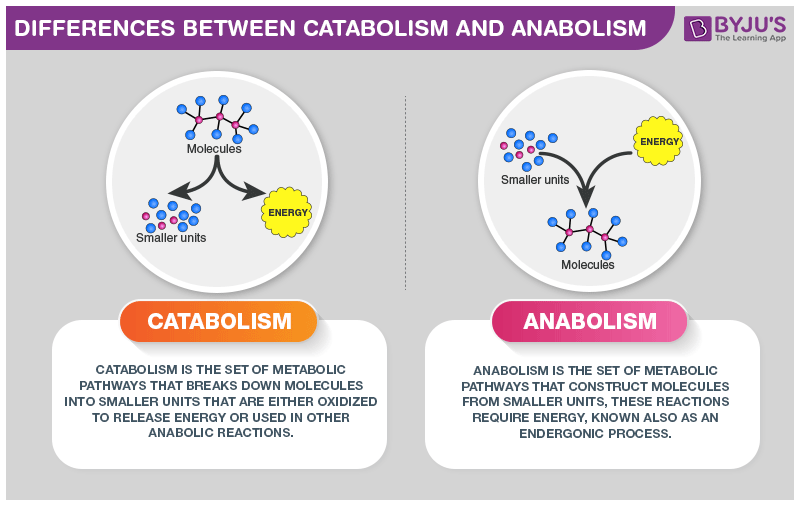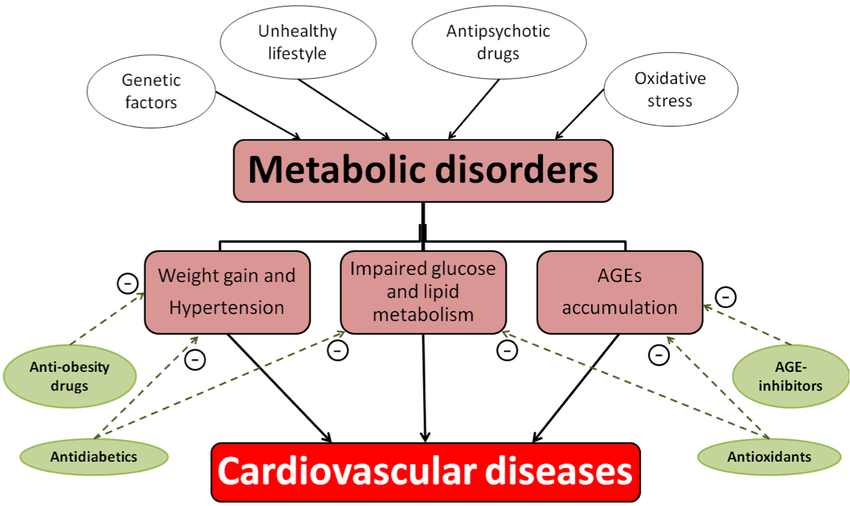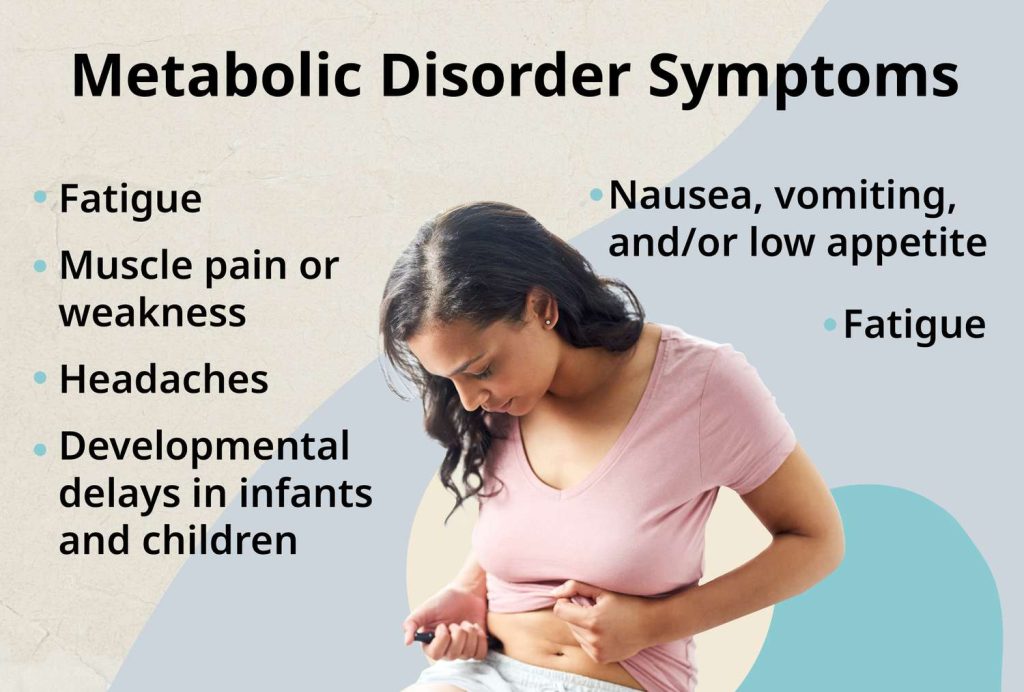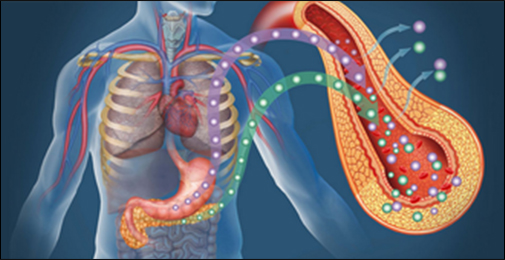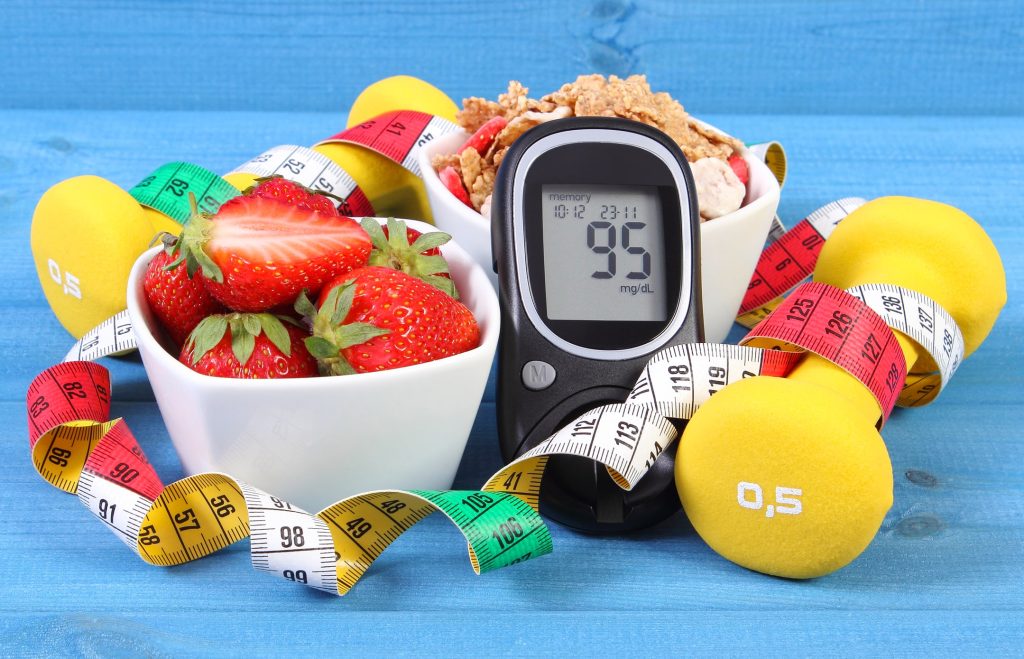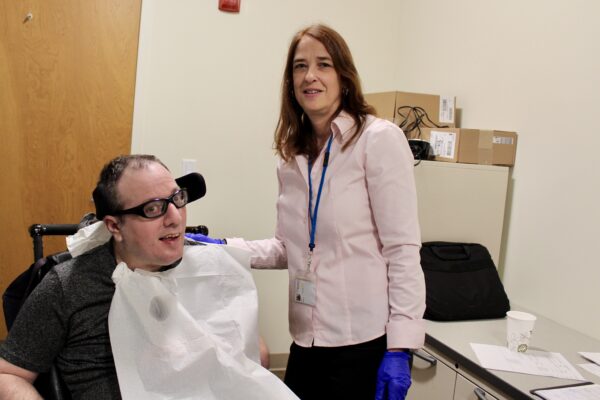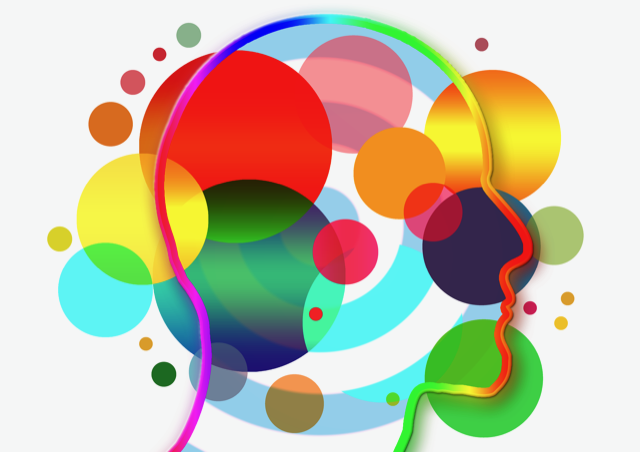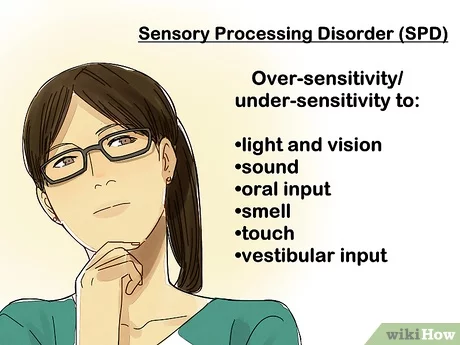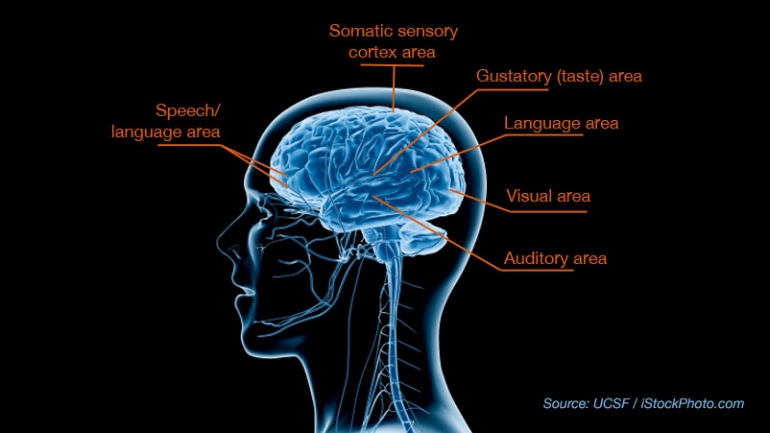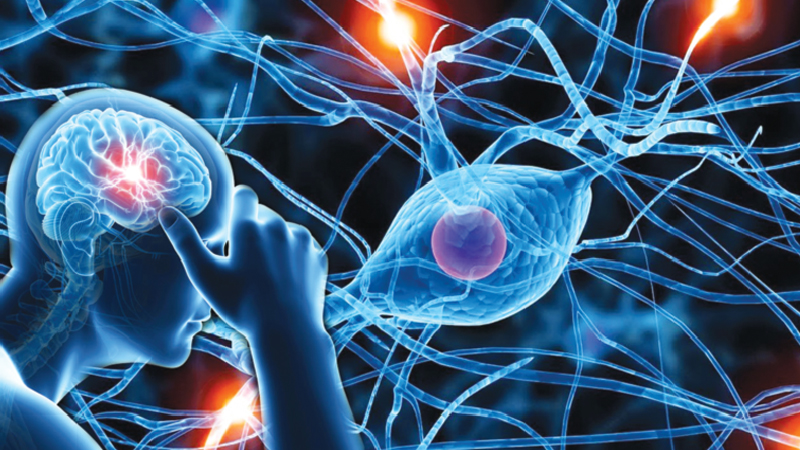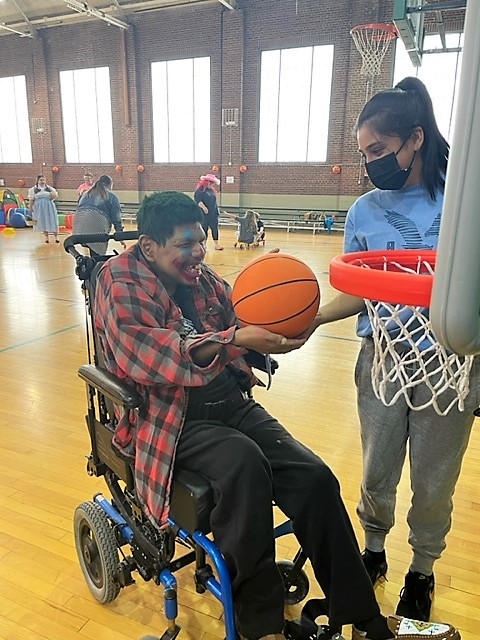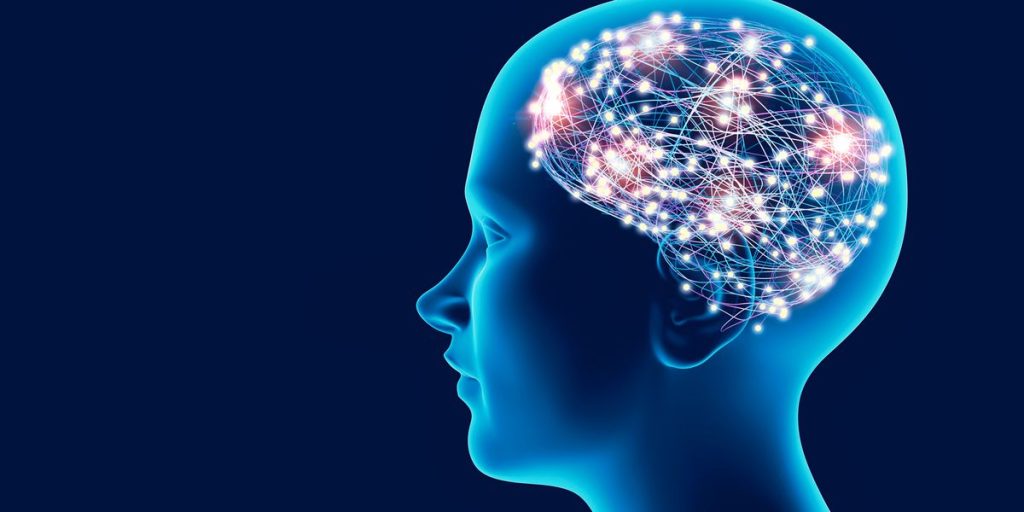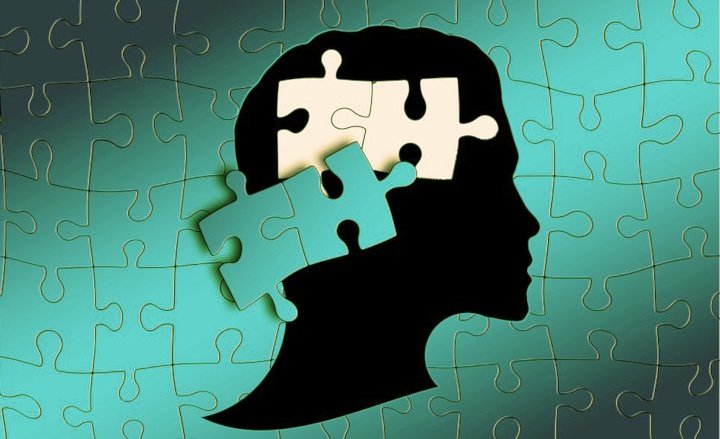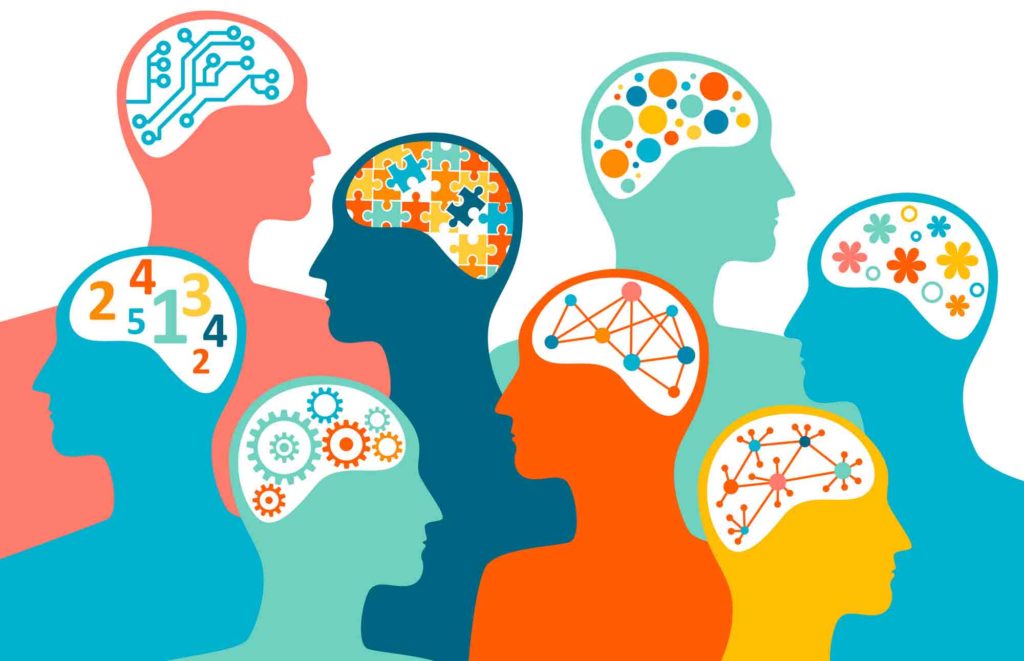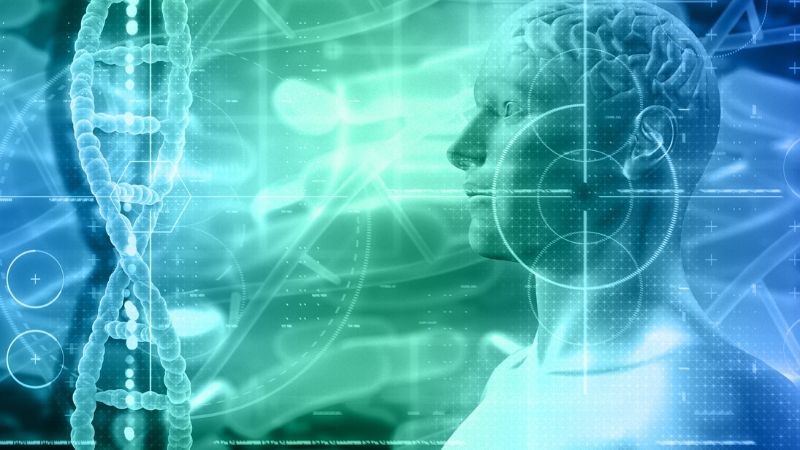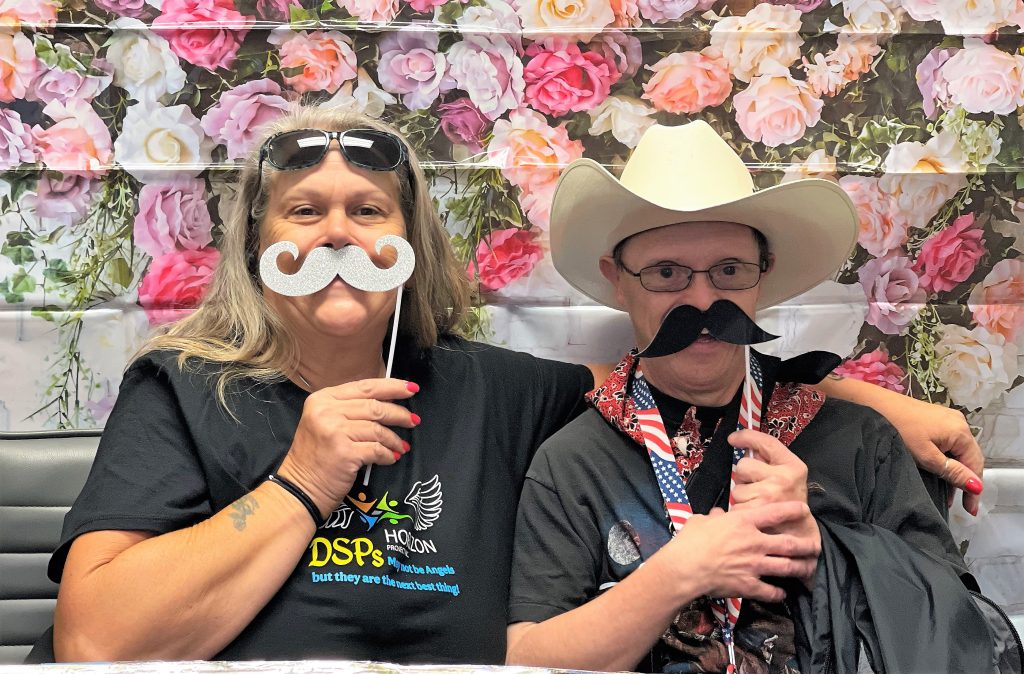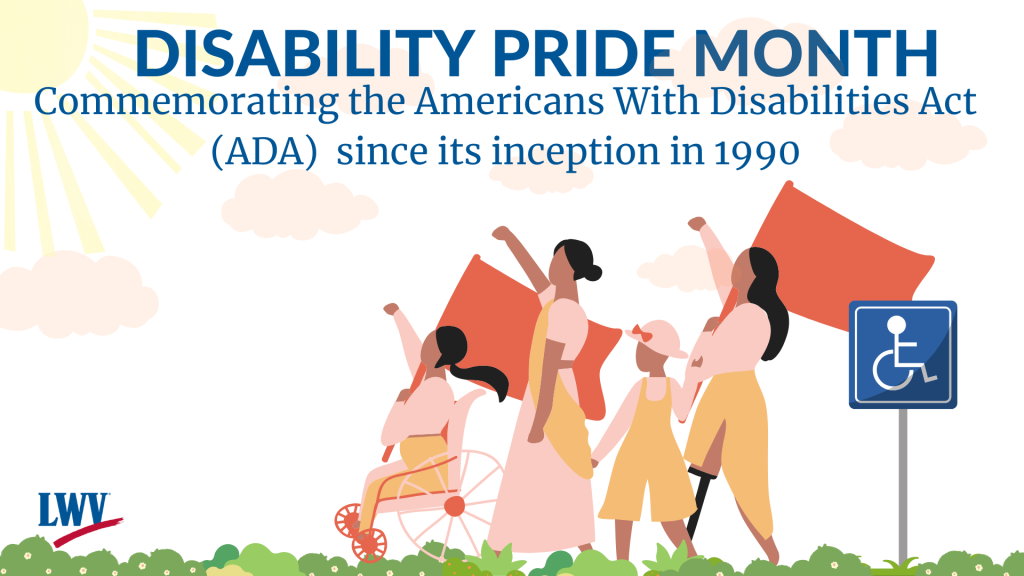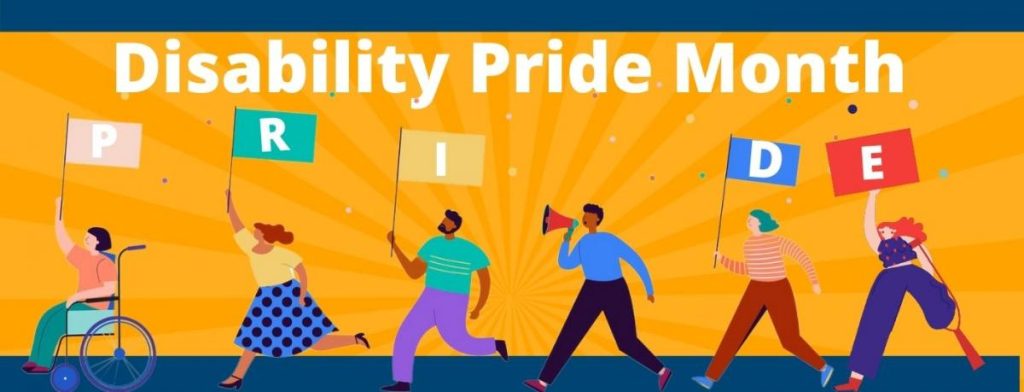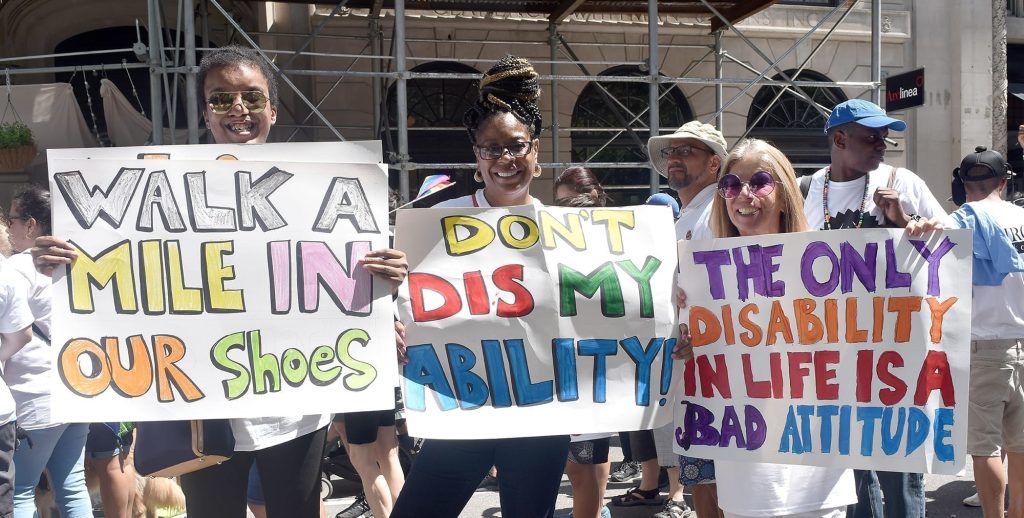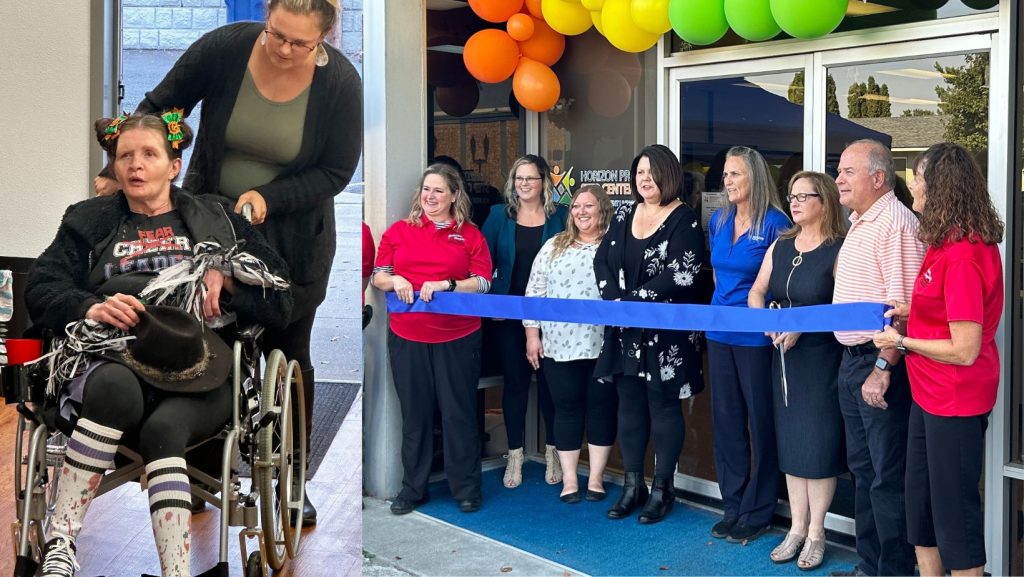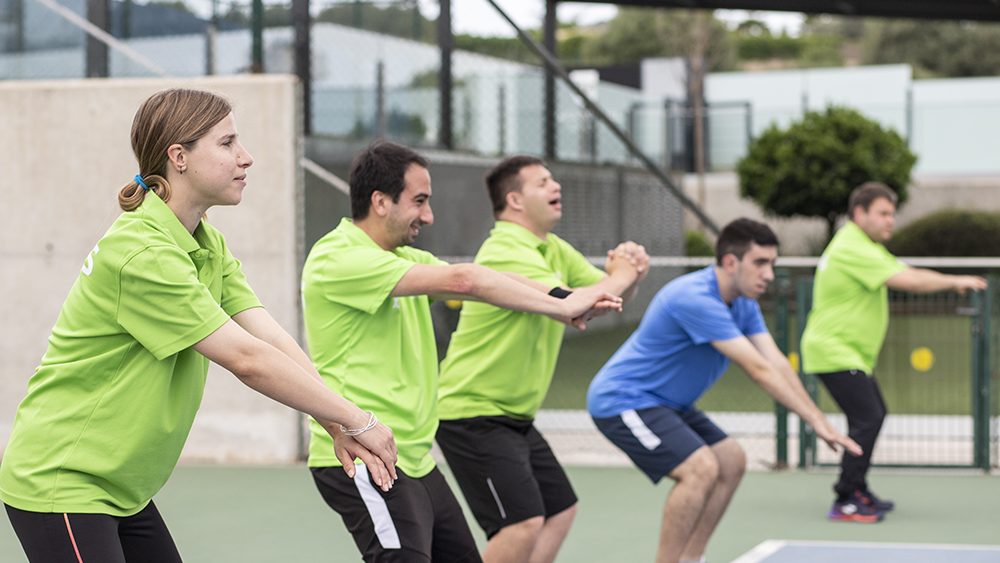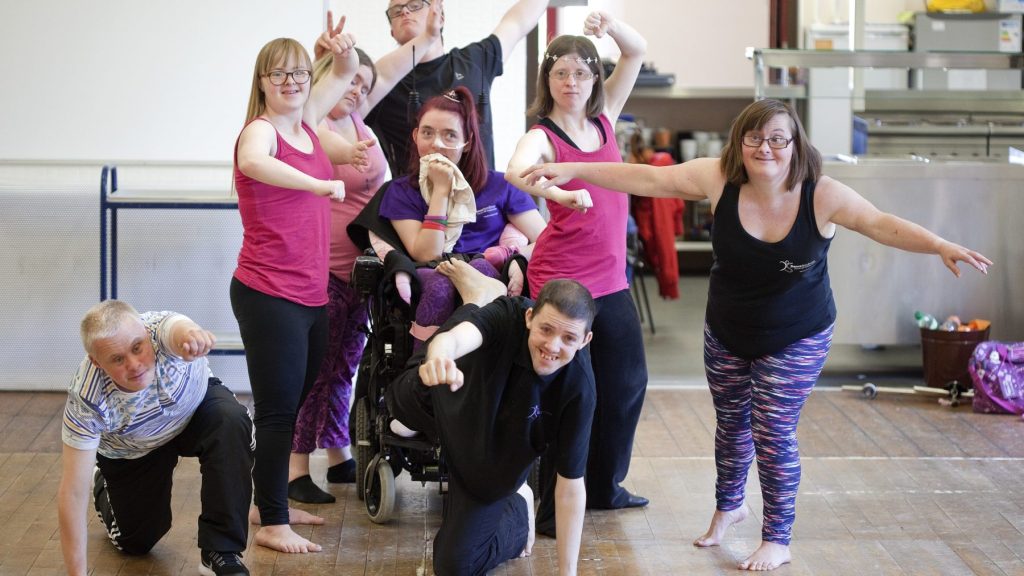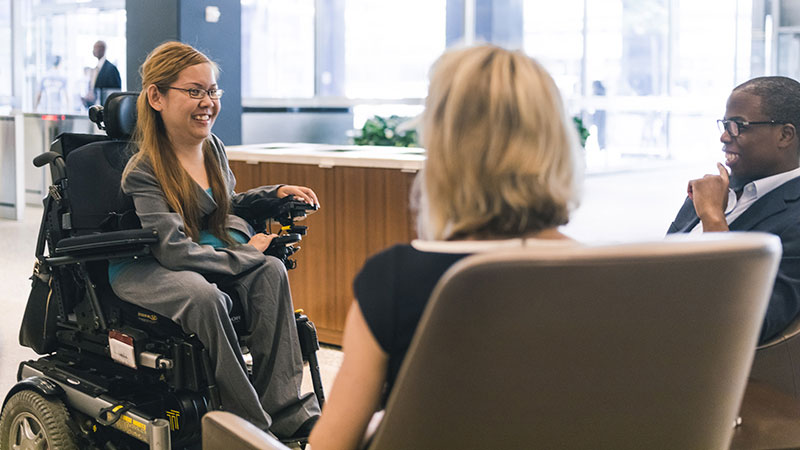
“Businesses all over the world are making great strides for diversity and inclusion. Many organizations are realizing the need to improve their practices, and focus on creating a culture that’s inclusive of everyone.
Disability affects all of us. Most of us will have a disability in our lifetime, or care for someone with a disability.
Effective adjustments empower different ways of working, and give employees with disabilities the opportunity to thrive in the same way as any other employee. With this, employees often feel more confident to be themselves – and that goes a long way in retaining your talented workforce.” [1]

If you’re ready to improve your workplace’s disability and inclusion efforts, here’s where to start.
1) “Embrace the Benefits: If you do have to make special accommodations for an employee, the costs are usually under $500 — and there are often tax incentives available to help with that expense. Studies have shown that businesses with more representation from disabled people tend to make more money — and that disabled people stay longer and are more loyal, in general. (And we all know how expensive employee turnover can be, so any investment that helps retention tends to pay for itself quickly.)” [2]
2) “Incorporate Disability Training into Your Onboarding Process: Your organization’s values should be immediately apparent. Even during the interview process, make sure to emphasize that this is an Equal Employment Opportunity and that your team is committed to promoting an inclusive environment.” [3]

3) “Provide the Right Education, Training, and Resources: As an employer, you’ll have to do more than just hire disabled people to keep them on staff. Just like any other employee, you’ll also need to make sure they get the support they need to do their jobs properly, and that they have a clear path for success and advancement.” [2]
4) “Model Appropriate Behavior: No matter your role within an organization, you are responsible for modeling the behavior you want to see from others. This includes your attitude, language and actions. In order to promote an inclusive environment for those with disabilities, you want to set an example of the standard you expect from your peers. Be a catalyst of positive change. Engaging in discussions, modeling, and creating opportunities to practice can promote a greater understanding of others’ experiences.” [3]
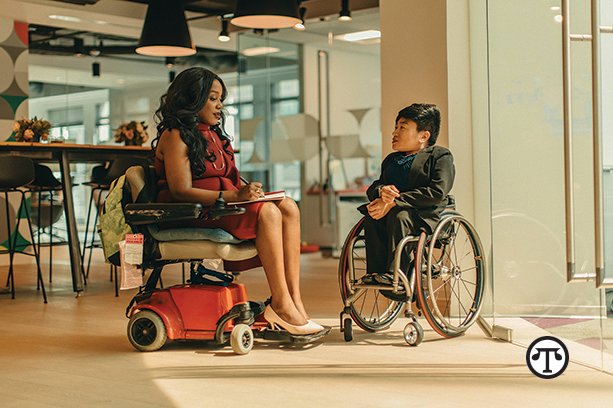
Any company has different culture but all can adapt to inclusion.
Promoting disability awareness with your team from all angles. As leaders, employees, and ultimately caring individuals, we can all benefit from committing to promoting disability awareness.
Resources
[1] https://www.texthelp.com/resources/blog/3-reasons-to-bring-disability-inclusion-to-the-mainstream/
[2] https://www.eliinc.com/improve-disability-inclusion/
[3] https://www.herzing.edu/blog/5-ways-promote-disability-awareness-workplace


